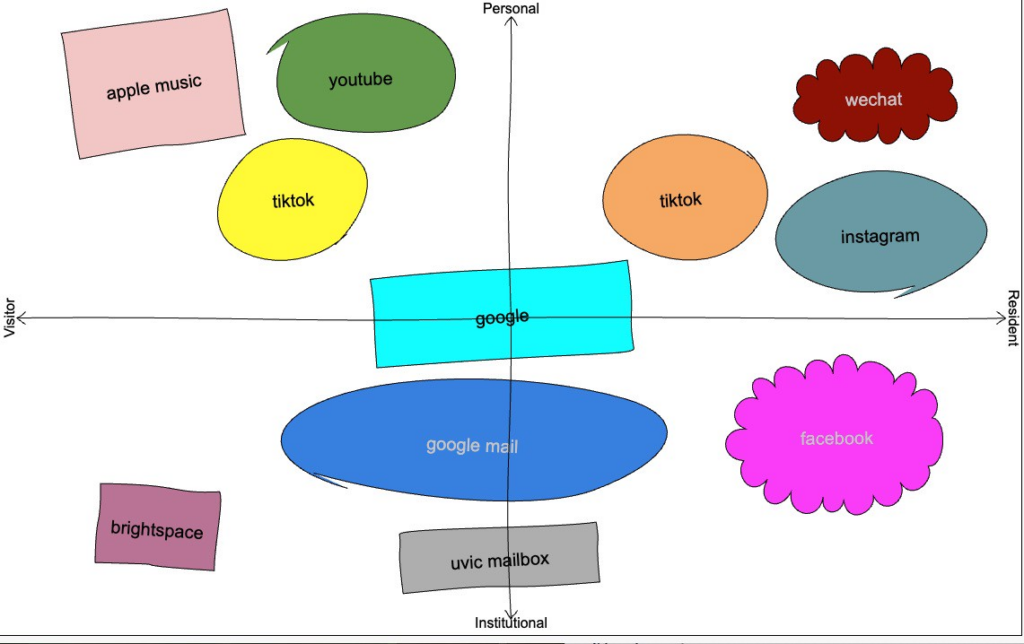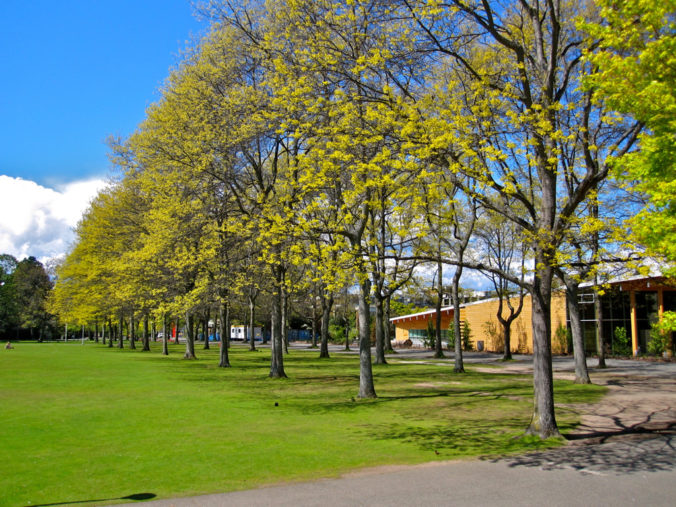updated on march 30, 2024
We live in a small but large place. Our homes and our homeschooling backgrounds are limited, but our careers and our sources of information are unlimited. Of course, I don’t deny that there are countries in today’s society that don’t have the means to get their message across, but the existence of social media and journalism maximizes our ability to hear what’s going on. These whispers don’t reach everyone’s ears, but they do help to maximize the spread of the story. Any information can help to reignite the hope of people in distress through the power of the media and the ability of people to spread the message.
Multiculturalism is one of the main topics of consideration in today’s society, and the status quo of multiculturalism as an important goal in the development of globalism also tries to help alleviate authoritarianism due to over-political correctness or due to centralization. Multiculturalism in fact exists in our Internet society, where we use electronic media as a transit point for global information and dissemination of global information, and where we learn about other cultures and social systems through the Internet. Alternatively, when we are criticizing a country’s customs and characteristics of the existence of a problem, we do not think that it is because of the interactivity and inclusiveness of the Internet prompted us to have the opportunity to see other customs and cultures and then publish our own opinions?
Yes, although we are influenced by our social upbringing, social experiences and other factors that affect our subjective consciousness and values, we cannot deny that these messages can be criticized, praised or not shown in any way if we have access to them because of the media’s support of inclusiveness and diversity. Of course, going back to the inclusivity of social platforms, I would like to prompt all of us to think about the impact that social media has on our lives and how it can play a role in helping us to build inclusivity and diversity in our messages and topics. We get the information, and then what are our behaviors? Is it ridicule? Is it fun? Is it resentment? Do we protest? Indeed, we are not the heroes of the story, and we can’t really do much to help these behaviors, all we can do is disseminate the information in a way that doesn’t detract from the intent.
- It’s because we’re looking at more and more information, so we don’t see what we once thought was rare as a special case.
- It is because we are observing more and more information that we treat it as a commonplace scene and thus confront the causes and consequences of these problems from a neutral perspective.
- It is because we are observing more and more information , we incorporate our own opinions and develop our own PLNs to demonstrate our attitudes in action. These actions can be sending messages to comfort the victims, helping them to have a voice, or showing the real world.
- It is because we are observing more and more information that we have our own unique perspective on these matters, one that is no longer influenced by biased opinions.
- It is because we observe more and more information that we learn to think about it independently.
- It is because we observe more and more information that we understand and tolerate events and ideas in different societies.
Yes, because we have access to enough information that we can put this data and this information in a neutral and common perspective. We don’t start with a bias because of the so-called rarity of the information (in fact, the perception of the rarity of events is essentially that people in some countries are proud of the fact that their country is strong and therefore show arrogance towards weaker and less powerful countries). We don’t express our lack of understanding of the abandonment of our country and the sale of our children and wives because we are better off.
Yes, we don’t fail to understand, we try to put our prejudices aside by taking the social context into account. We will finally realize that we are all the same. That is the requirement for us doing a fair positive inclusive PLN.



Recent Comments